Diving into the world of aquariums can be both exciting and overwhelming for beginners. The shimmering colors of tropical fish, the gentle sway of aquatic plants, and the peaceful ambiance created by a well-maintained tank make fishkeeping a rewarding hobby. However, many newcomers become discouraged when faced with complex maintenance routines or unexpected challenges. The good news is that creating a low-maintenance aquarium is entirely possible with the right approach. This guide will walk you through setting up an aquarium system that provides a healthy environment for your aquatic friends while minimizing the time and effort required for upkeep. By following these practical tips and understanding the fundamental principles of aquarium ecology, you’ll be well on your way to enjoying this fascinating hobby without feeling overwhelmed by maintenance demands.
Choosing the Right Tank Size
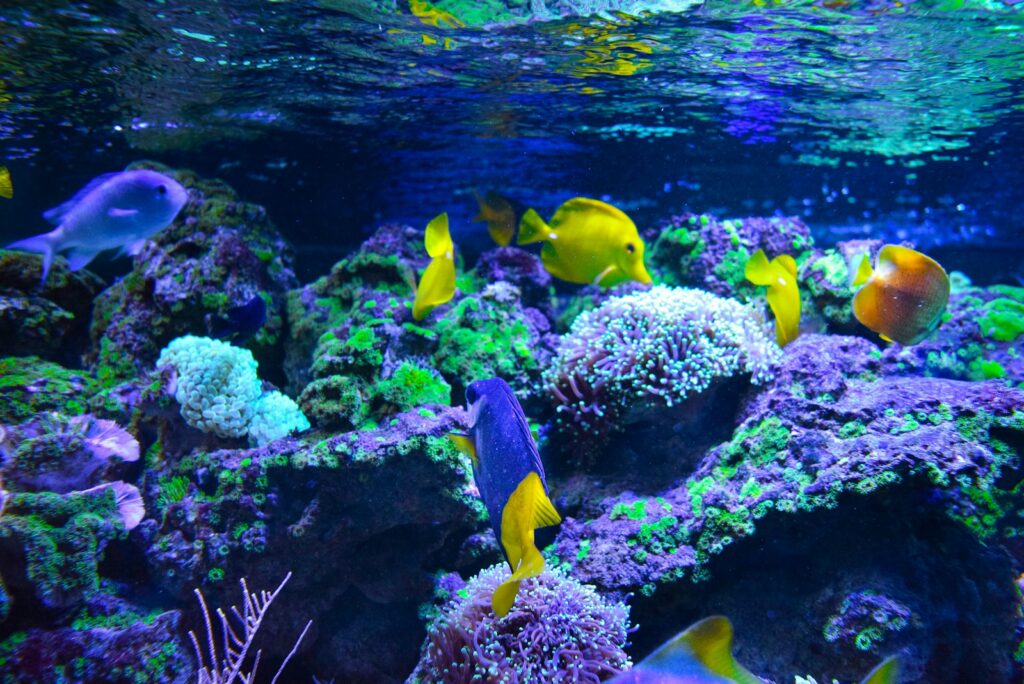
When it comes to low-maintenance aquariums, conventional wisdom might suggest starting small, but this is actually counterproductive. Larger tanks (20 gallons or more) create more stable environments because they dilute toxins and temperature fluctuations more effectively than smaller volumes of water. A bigger tank provides a larger buffer against sudden changes in water parameters, giving you more time to address issues before they become critical. Additionally, larger tanks allow for more swimming space and can support a wider variety of fish, creating a more visually interesting display without overcrowding. For true beginners seeking minimal maintenance, consider starting with a 20-30 gallon tank, which strikes an ideal balance between stability and manageable size.
Selecting Appropriate Equipment
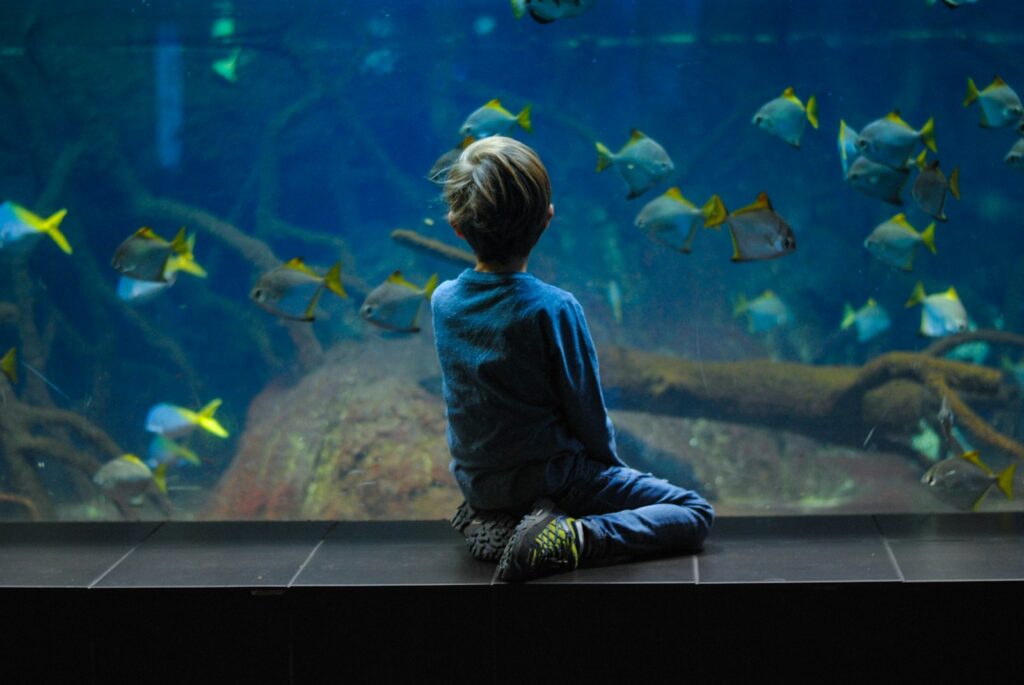
The foundation of a low-maintenance aquarium lies in choosing quality equipment that performs reliably with minimal intervention. Invest in a good filtration system appropriate for your tank size, preferably one that offers mechanical, biological, and chemical filtration capabilities. Canister filters or hang-on-back filters with adjustable flow rates work well for most beginner setups and require cleaning just once every few weeks. A reliable heater with an accurate thermostat is essential if you’re keeping tropical fish, as stable temperatures prevent stress-related health issues. Consider purchasing a timer for your aquarium light to automate the day/night cycle, removing one daily task from your list and providing consistency for your aquatic inhabitants. Quality equipment may cost more initially but pays dividends in reduced maintenance time and healthier fish.
Understanding the Nitrogen Cycle
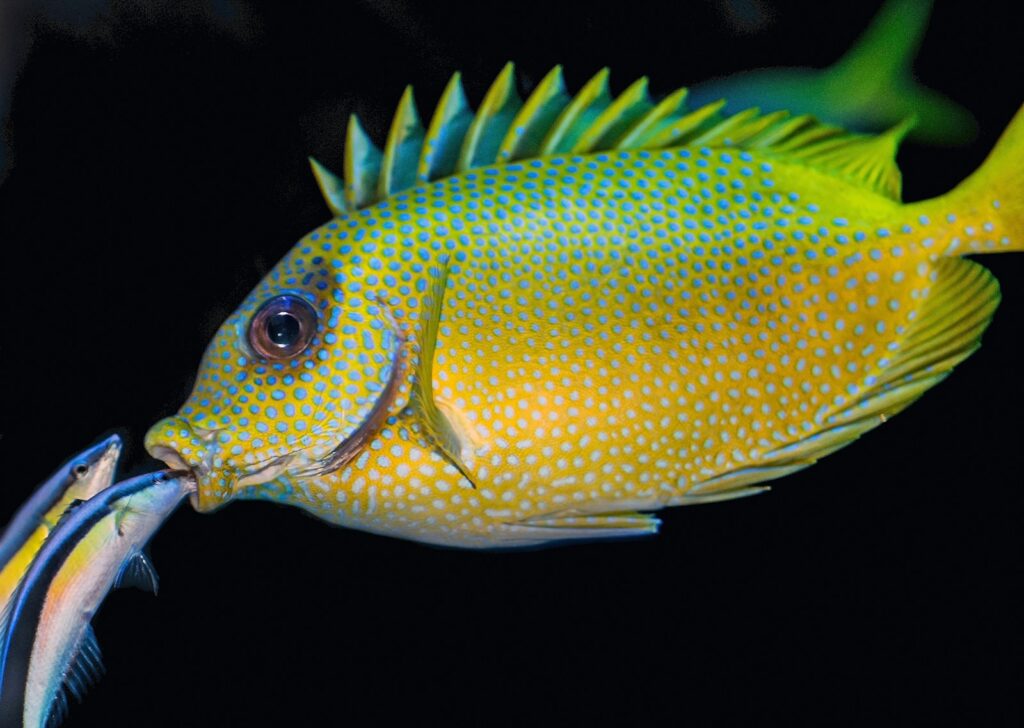
The nitrogen cycle is the biological process that converts toxic fish waste (ammonia) into less harmful substances, and understanding this cycle is crucial for a successful low-maintenance setup. When fish produce waste, beneficial bacteria convert the ammonia to nitrite (still toxic) and then to nitrate (less harmful in moderate levels). Before adding any fish, you must “cycle” your tank by establishing these beneficial bacterial colonies, which can take 4-6 weeks. This process can be expedited by adding bottled beneficial bacteria products or using filter media from an established tank. Properly cycling your aquarium before adding fish eliminates the need for frequent emergency water changes that often plague beginners who skip this step. Once established, these bacterial colonies form the backbone of your tank’s natural filtration system, significantly reducing maintenance requirements.
Choosing Hardy Fish Species
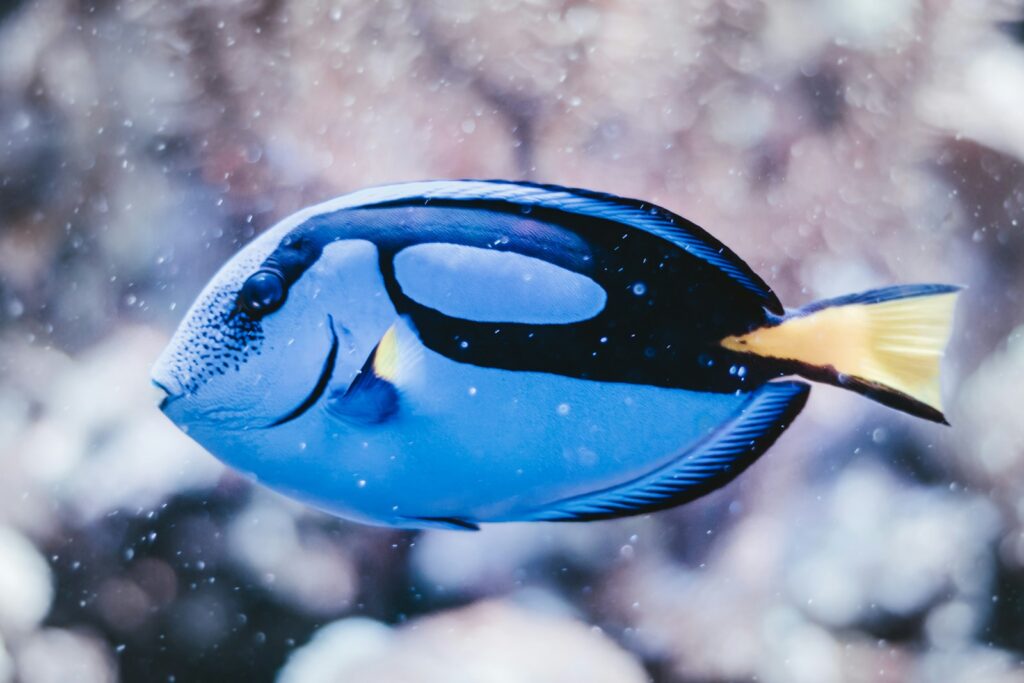
Selecting the right fish species is perhaps the most critical factor in creating a truly low-maintenance aquarium. Beginners should focus on hardy, adaptable species that can tolerate minor fluctuations in water parameters and are resistant to common diseases. Freshwater options like platies, swordtails, certain tetras (particularly black skirt or serpae tetras), zebra danios, and cherry barbs are excellent choices for novice aquarists. Avoid delicate species like discus, angelfish, or most cichlids until you’ve gained more experience. When selecting fish, research their adult size, compatibility with other species, and water parameter requirements to ensure they’ll thrive in your setup. Remember that keeping fewer fish than your tank can theoretically hold reduces bioload and waste production, directly translating to less maintenance and healthier fish.
Planting for Success
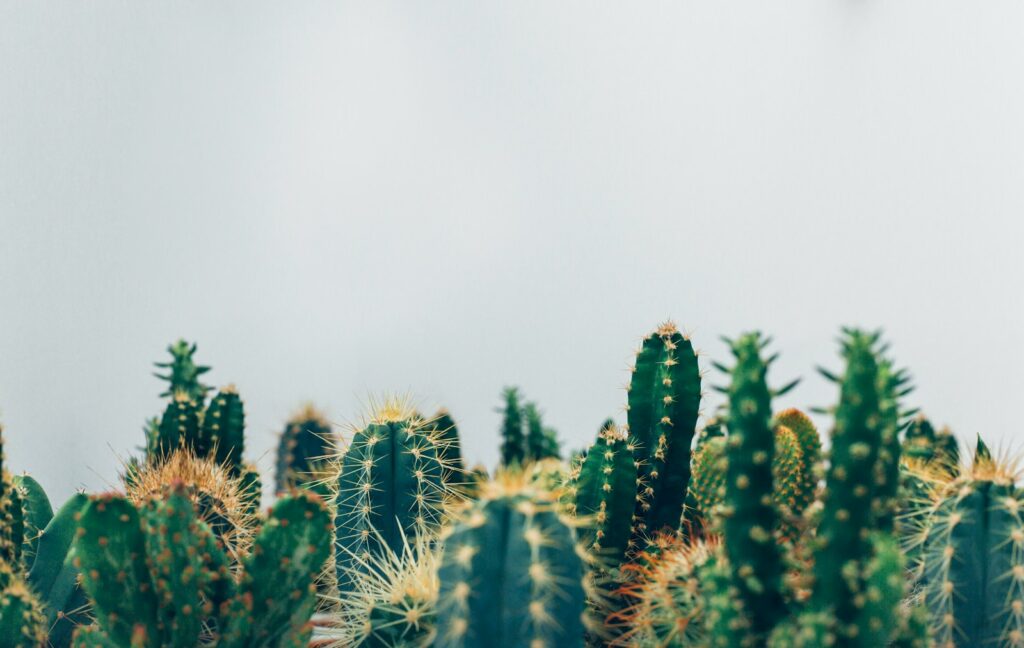
Live plants aren’t just aesthetically pleasing—they’re powerful allies in maintaining water quality with minimal effort. Plants naturally absorb nitrates (the end product of the nitrogen cycle) and other nutrients that would otherwise feed algae growth. For beginners, focus on easy, low-light plants like Java fern, Anubias, Amazon sword plants, or Vallisneria, which require minimal care and can thrive without specialized lighting or CO2 supplementation. These hardy species can be attached to decorations or planted directly in the substrate, depending on their requirements. Incorporating floating plants like frogbit or water lettuce can further reduce maintenance by shading the tank (limiting algae growth) and absorbing excess nutrients from the water. A moderately planted tank creates a more balanced ecosystem that largely maintains itself.
Setting Up a Proper Substrate
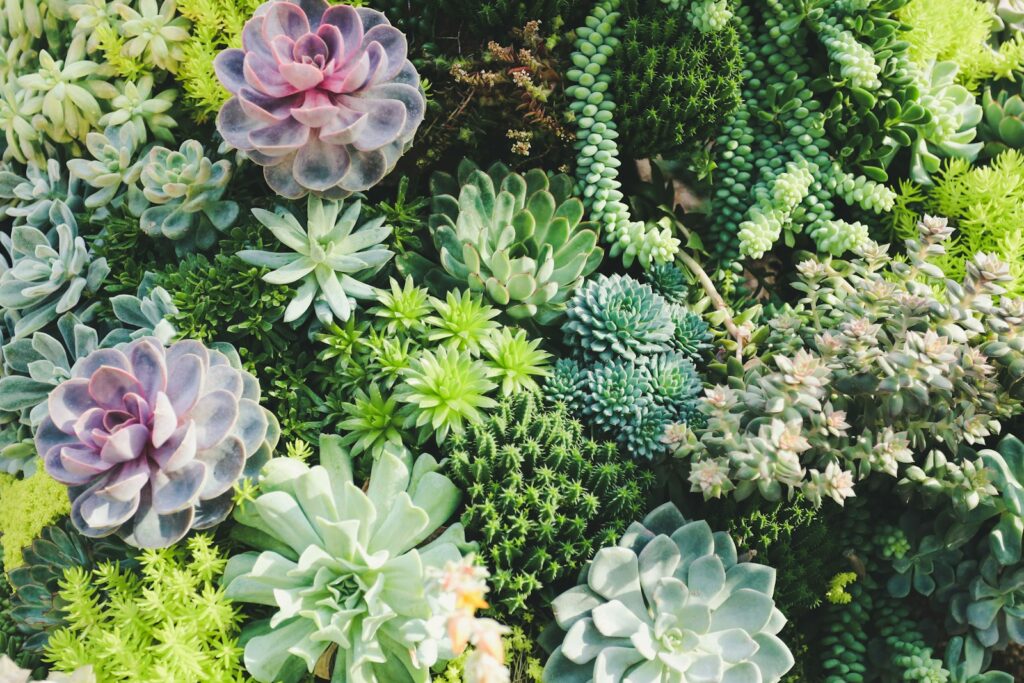
The substrate you choose impacts not only the aesthetic of your tank but also its maintenance requirements and overall health. For a low-maintenance setup, consider using a slightly larger grain size (2-3mm) that won’t compact easily and allows waste to fall into gaps rather than sitting on top where it decomposes. Dark-colored substrates like black sand or gravel help hide debris between cleanings and show off fish colors better than lighter options. If you plan to keep plants, specialized aquarium substrates like Flourite or Eco-Complete provide nutrients without the need for regular fertilization. Regardless of the substrate chosen, installing it at a slight slope (higher at the back, lower at the front) helps waste naturally collect in certain areas for easier removal during maintenance, saving you considerable time with each water change.
Optimizing Water Parameters

Creating and maintaining stable water parameters is essential for a healthy, low-maintenance aquarium. Invest in a reliable water testing kit that measures at minimum ammonia, nitrite, nitrate, and pH levels. For most community tanks, aim for a neutral pH (around 7.0-7.6), zero ammonia and nitrites, and nitrates below 20ppm. If your tap water differs significantly from these parameters, consider using remineralized RO (reverse osmosis) water for more consistency. Install a thermometer to monitor temperature stability, keeping tropical tanks between 75-78°F (24-26°C). Consistency is more important than achieving “perfect” parameters—fish can adapt to slightly different conditions as long as they remain stable. Sudden changes in water chemistry cause stress and susceptibility to disease, ultimately creating more work to restore tank health.
Establishing an Efficient Cleaning Routine
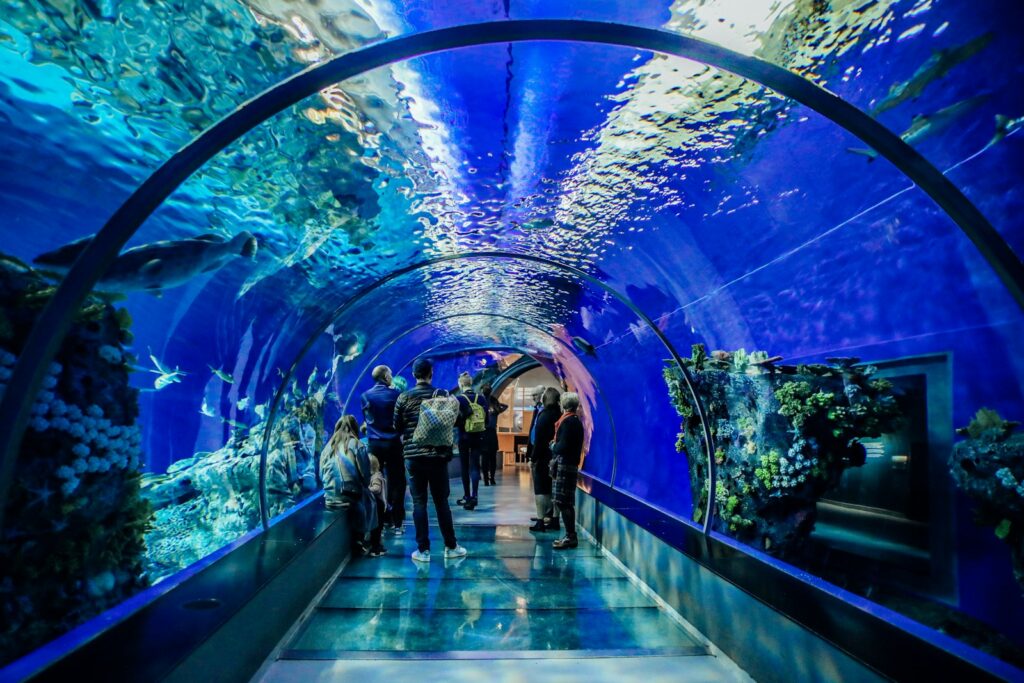
The key to low-maintenance aquarium care isn’t eliminating maintenance entirely, but rather making it efficient and predictable. Establish a simple weekly routine that includes a 15-20% water change using a gravel vacuum to remove waste from the substrate simultaneously. Use a clean bucket dedicated solely to aquarium use and treat new water with a dechlorinator before adding it to the tank. Rather than performing complete filter cleanings, which can disrupt beneficial bacteria, rinse filter media in old tank water (never tap water) every 3-4 weeks, replacing only one type of media at a time. Keep algae under control by wiping visible glass surfaces during water changes using an algae scraper or magnetic cleaner. This minimal routine, taking no more than 20-30 minutes weekly, prevents small issues from becoming major problems that would require more intensive intervention.
Managing Feeding and Nutrition

Overfeeding is the single most common mistake beginner aquarists make, leading to poor water quality and increased maintenance requirements. Establish a consistent feeding schedule, offering only what your fish can completely consume in 2-3 minutes, typically once or twice daily. Consider implementing one “fasting” day per week, which benefits many fish species’ digestive systems and reduces waste production. Choose quality foods appropriate for your specific fish species, as proper nutrition strengthens their immune systems and reduces susceptibility to disease. For true convenience, automatic fish feeders can dispense precisely measured amounts while you’re busy or away, though these should be tested and monitored to ensure they’re working correctly. Remember that a hungry fish is generally healthier than an overfed one, so when in doubt, feed less rather than more.
Using Technology to Your Advantage
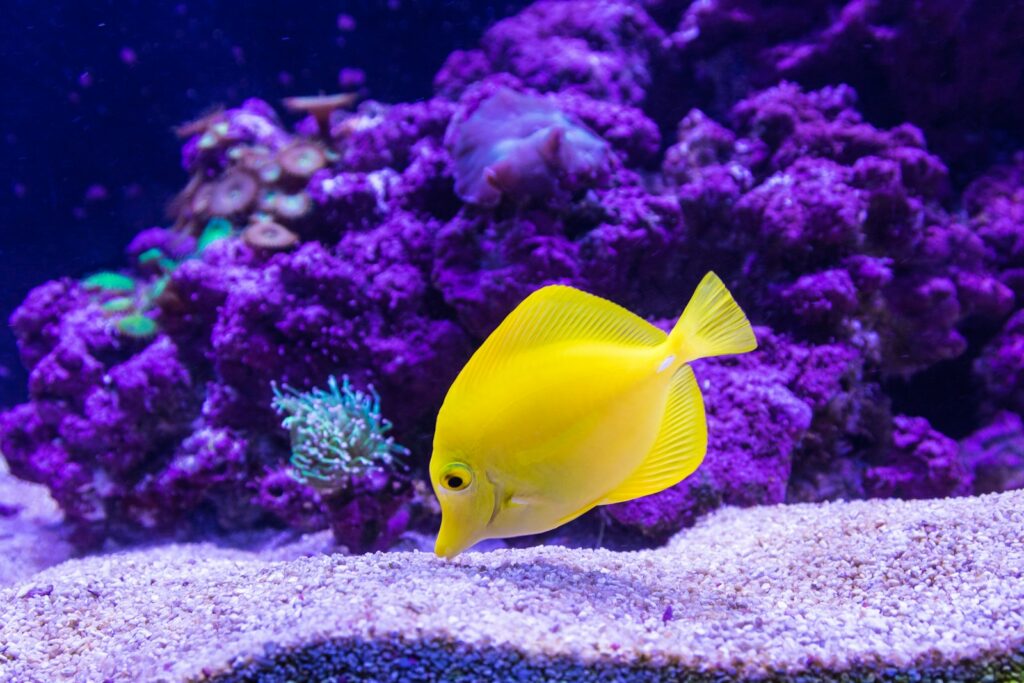
Modern aquarium technology can significantly reduce the time and effort required for maintenance when used appropriately. Programmable LED lighting systems eliminate the need to manually turn lights on and off while providing optimal spectrum for both fish viewing and plant growth. Automatic top-off systems can maintain water levels in tanks with high evaporation, ensuring consistent parameters between water changes. For those willing to invest a bit more, water parameter monitors can provide real-time readings of temperature, pH, and even ammonia levels, alerting you to problems before they become serious. Smart power strips can protect your equipment during power outages and allow remote operation of key components. While technology shouldn’t replace understanding the basics of aquarium keeping, these tools can automate routine tasks and provide peace of mind, especially for beginners juggling other responsibilities.
Preventing and Managing Algae
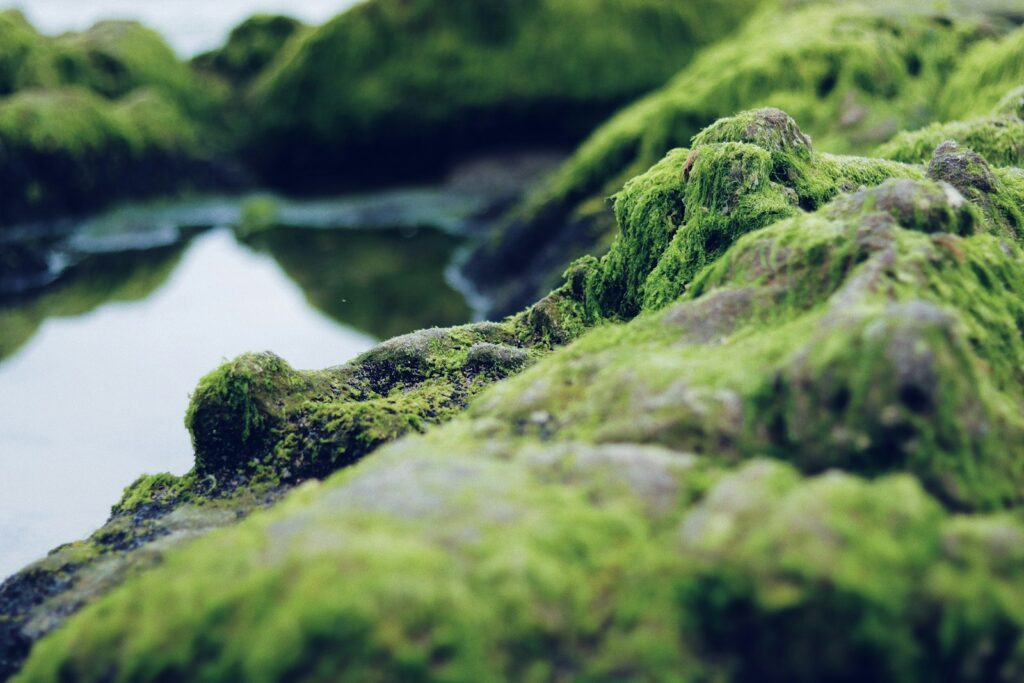
Algae growth is often the bane of new aquarists, but it can be managed effectively with a strategic approach that minimizes manual cleaning. Start by positioning your aquarium away from direct sunlight and limiting artificial lighting to 6-8 hours daily to prevent excessive photosynthesis that fuels algae growth. Maintain appropriate nutrient levels by avoiding overfeeding and removing uneaten food promptly. Incorporate natural algae control methods by adding algae-eating species like Otocinclus catfish, nerite snails, or Amano shrimp, which constantly graze on algae without harming plants. For stubborn algae problems, consider using floating plants that compete with algae for nutrients or adding phosphate-removing media to your filter. Remember that some algae is normal and even beneficial in a healthy ecosystem—the goal is management, not complete elimination.
Troubleshooting Common Problems
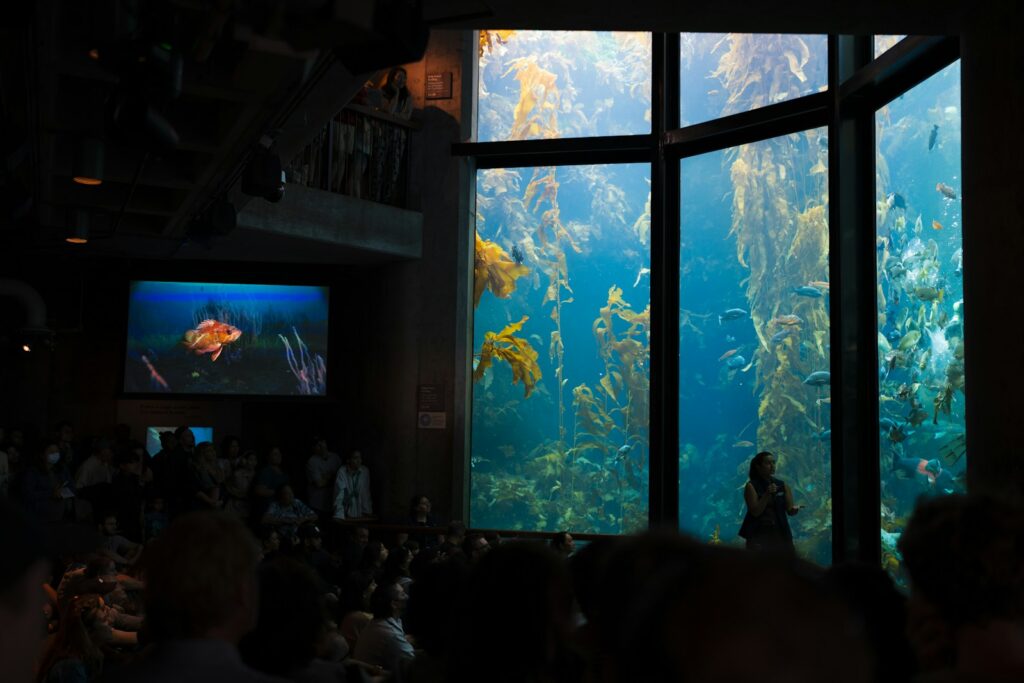
Even the best-planned aquariums occasionally experience issues, but knowing how to respond quickly minimizes maintenance headaches. If you notice cloudy water, resist the urge to change large amounts of water immediately—bacterial blooms often resolve themselves within days as the tank establishes balance. For persistent cloudiness, check filter flow and consider adding polishing media temporarily. If fish show signs of stress or disease, isolate affected individuals in a quarantine tank rather than medicating your main system, which can disrupt beneficial bacteria. Keep activated carbon on hand to remove medications or other chemicals when necessary. Sudden increases in nitrate levels often indicate it’s time to reduce feeding or consider rehoming some fish if your tank has become overstocked. By addressing small problems promptly with targeted solutions, you prevent the cascade of issues that lead to major maintenance interventions.
Creating a Sustainable Ecosystem
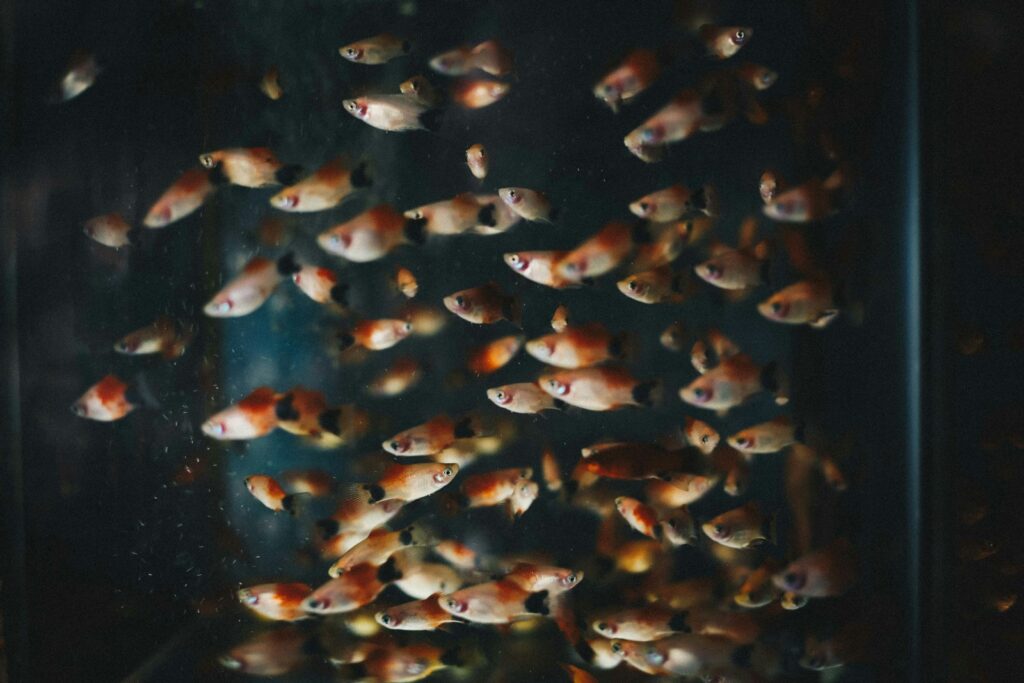
The ultimate goal of a low-maintenance aquarium is creating a balanced, nearly self-sustaining ecosystem where natural processes handle most of the filtration and cleaning work. Consider incorporating elements like a small refugium (a separated section of the tank dedicated to growing beneficial organisms) where beneficial bacteria, micro-fauna, and plants can thrive without disturbance. Establish a balanced ratio between waste producers (fish) and waste processors (plants, beneficial bacteria, and cleanup crew like snails or shrimp). Some advanced hobbyists use the Walstad method, which relies heavily on plant filtration with minimal technology, though this requires careful planning and species selection. As your experience grows, you’ll develop an intuitive understanding of your aquarium’s balance, allowing you to make small, proactive adjustments rather than reactive corrections. A well-established aquarium can eventually reach a point where it requires little more than occasional water changes and feeding.
Conclusion

Setting up a low-maintenance aquarium doesn’t mean cutting corners—it means making smart choices from the beginning that create a stable, balanced environment requiring minimal intervention. By selecting the right tank size, equipment, and hardy species, you establish a foundation for success. Understanding the nitrogen cycle and creating proper biological filtration eliminates many of the water quality issues that typically demand emergency maintenance. With consistent but efficient routine care, your aquarium can provide years of enjoyment without becoming a time-consuming chore. Remember that patience is perhaps the most important virtue in aquarium keeping—rushing any part of the setup or maintenance process inevitably creates more work later. As you gain experience, you’ll discover your own shortcuts and efficiencies, but the principles outlined here will serve as reliable guidelines for creating and maintaining a beautiful underwater world with minimal fuss.

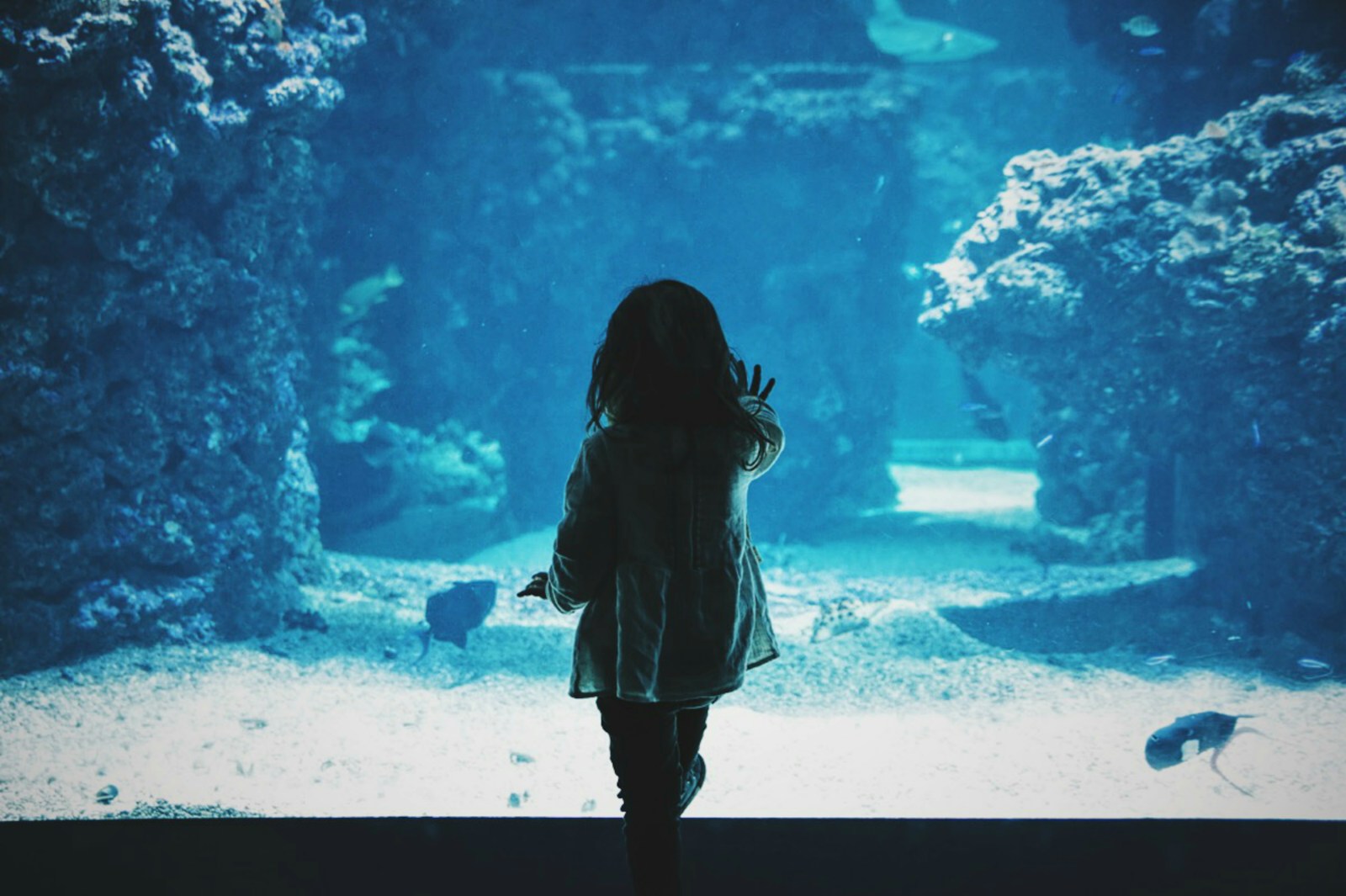
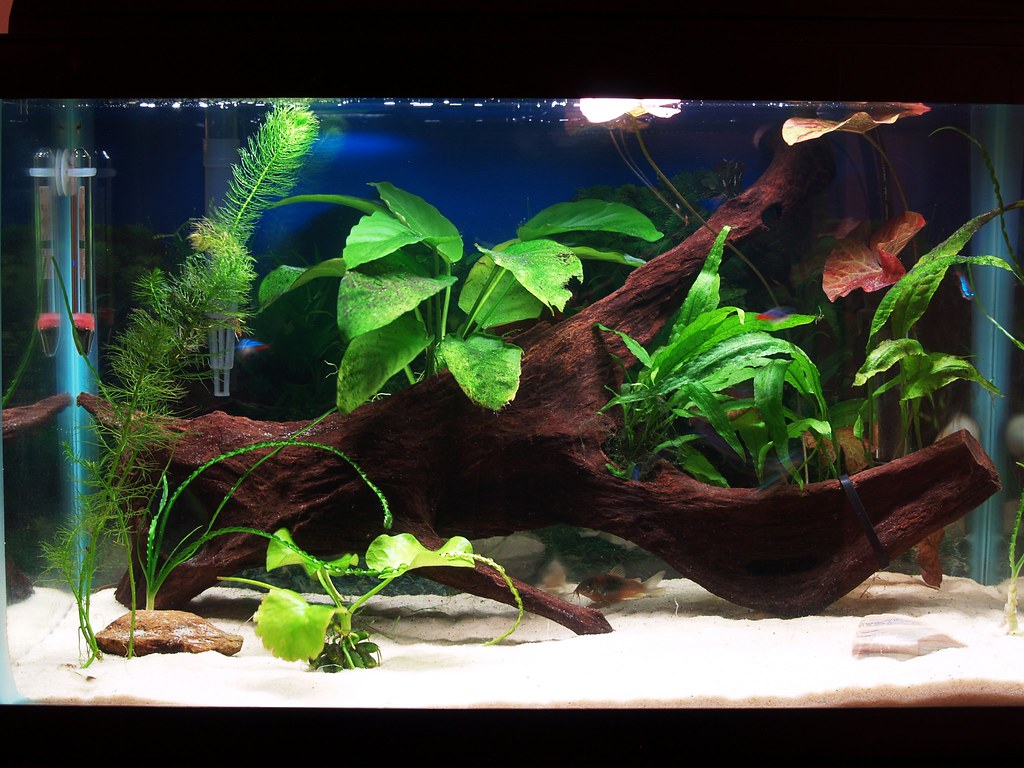

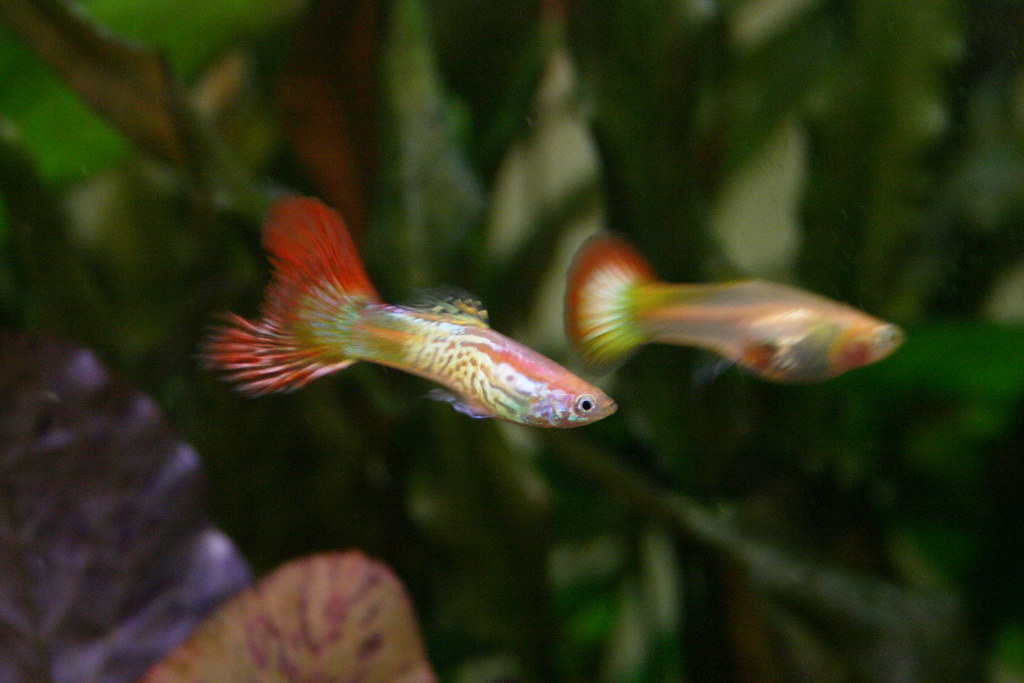
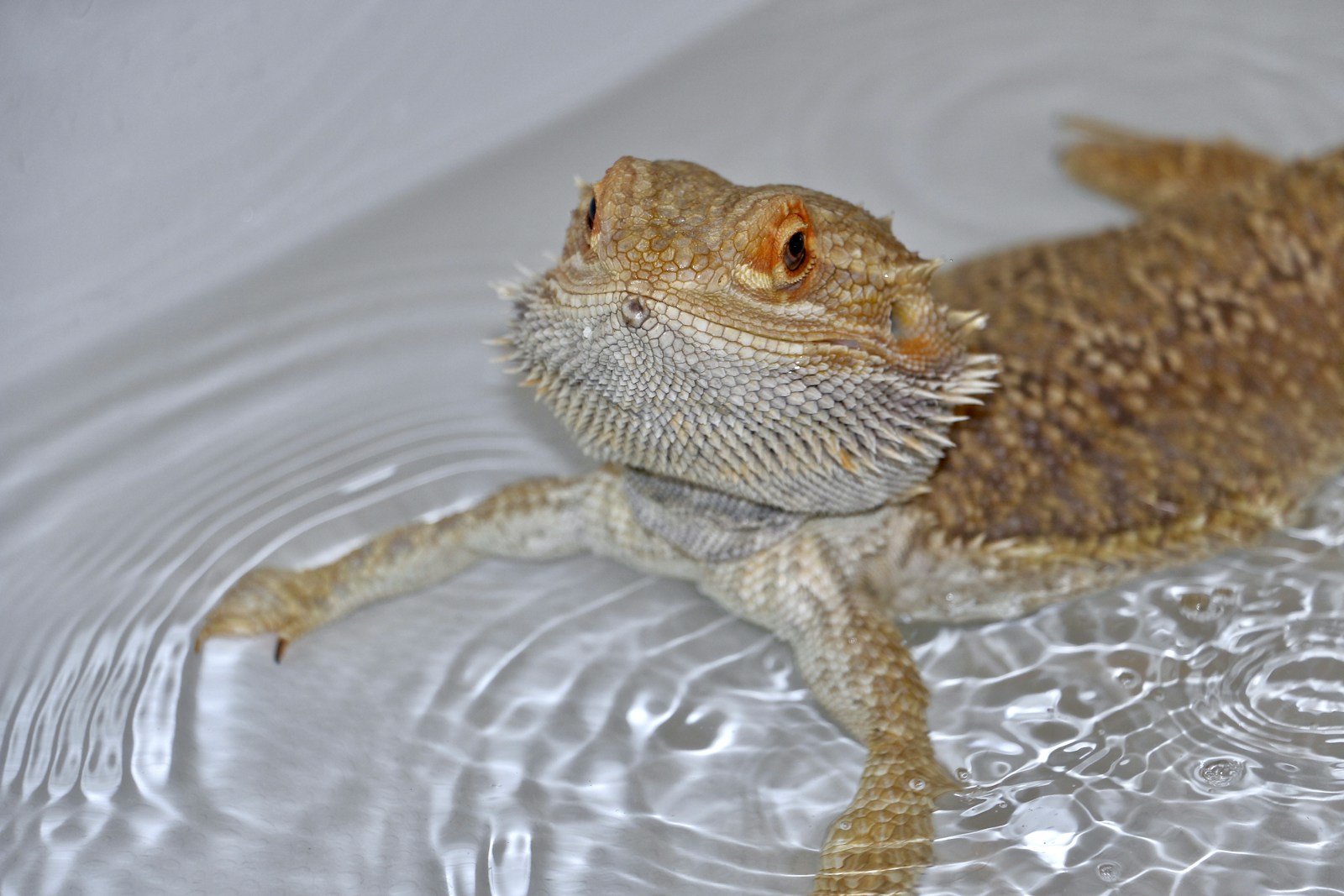

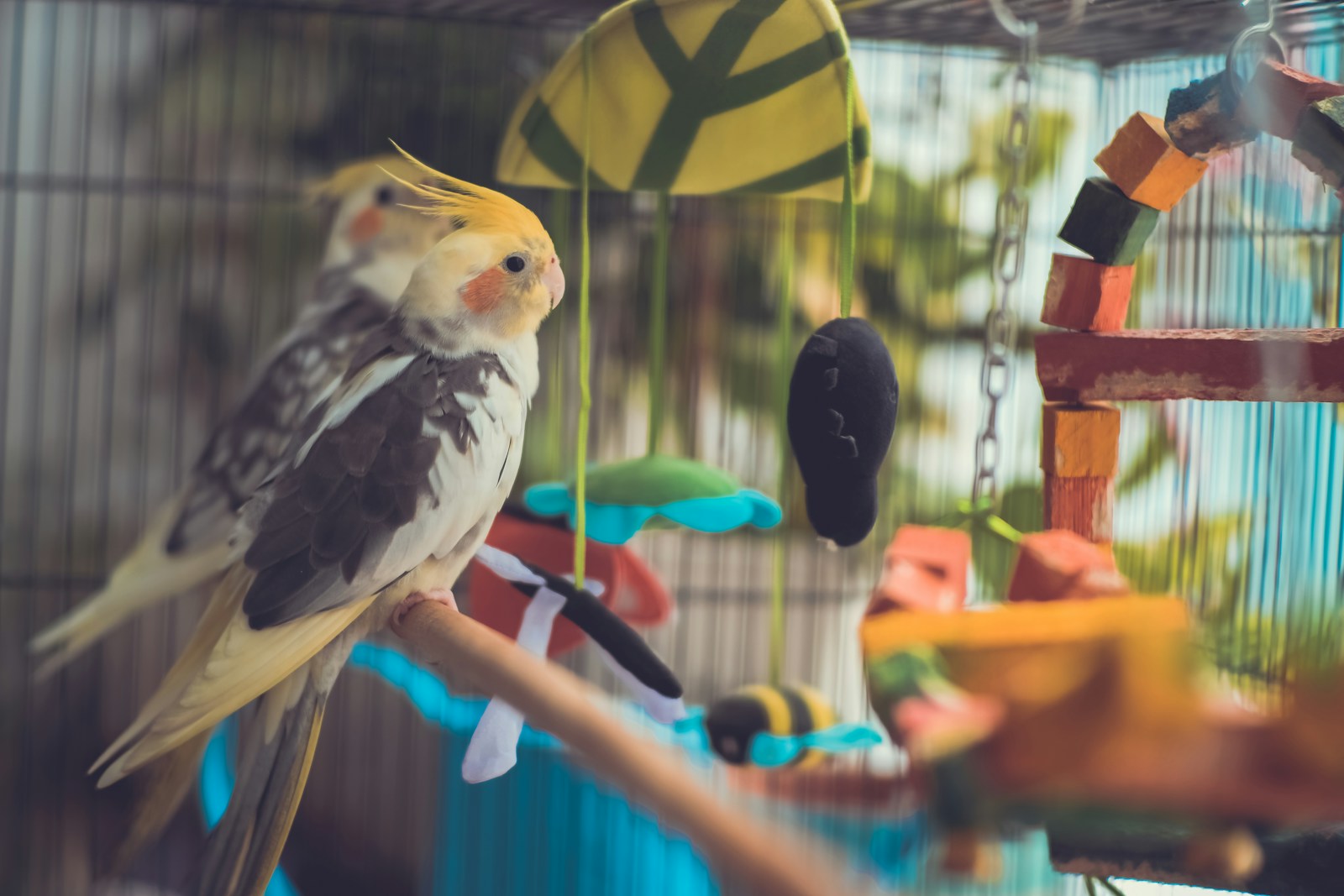

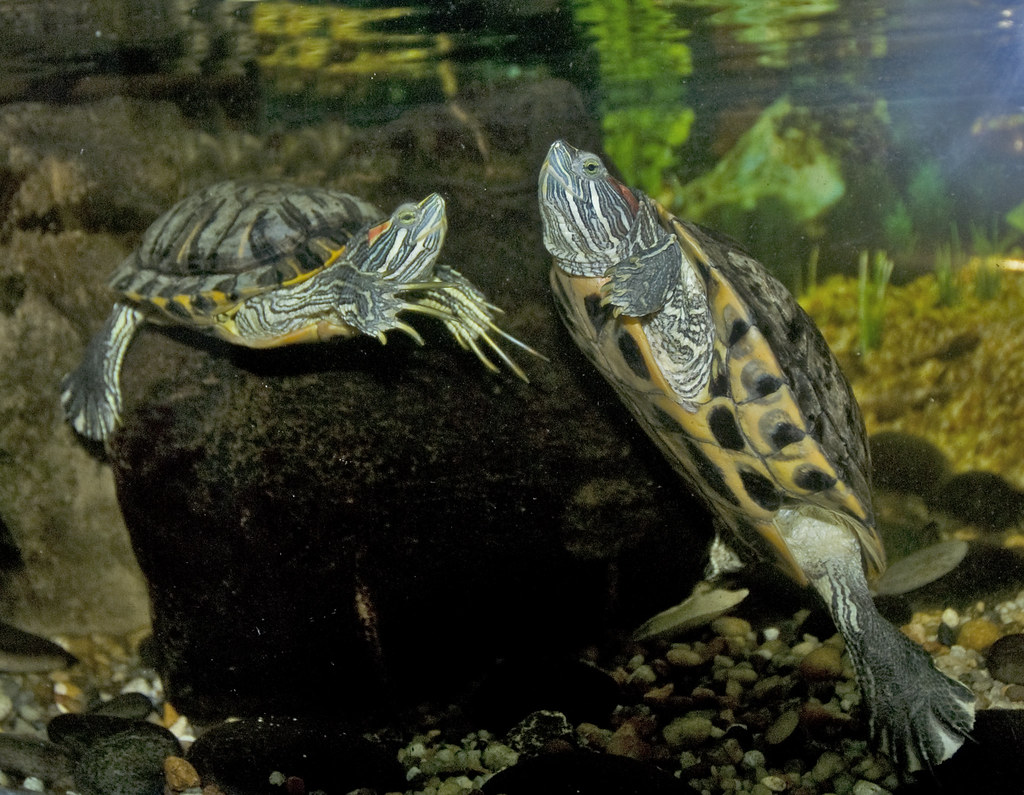






Leave a Reply